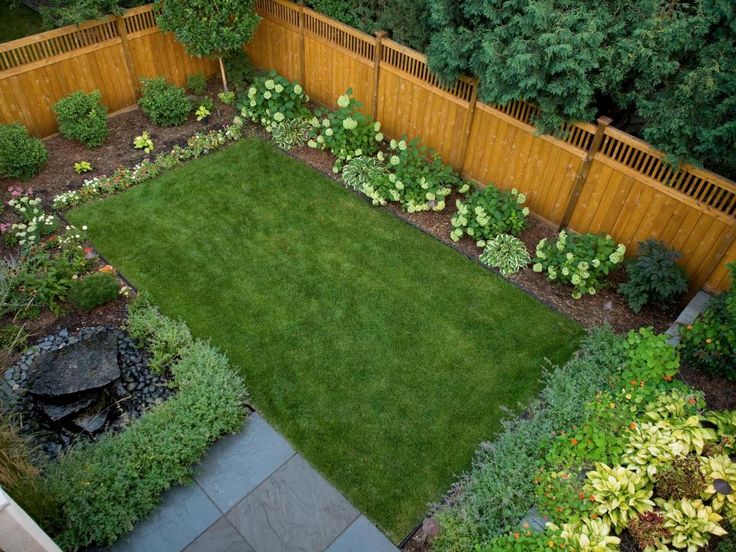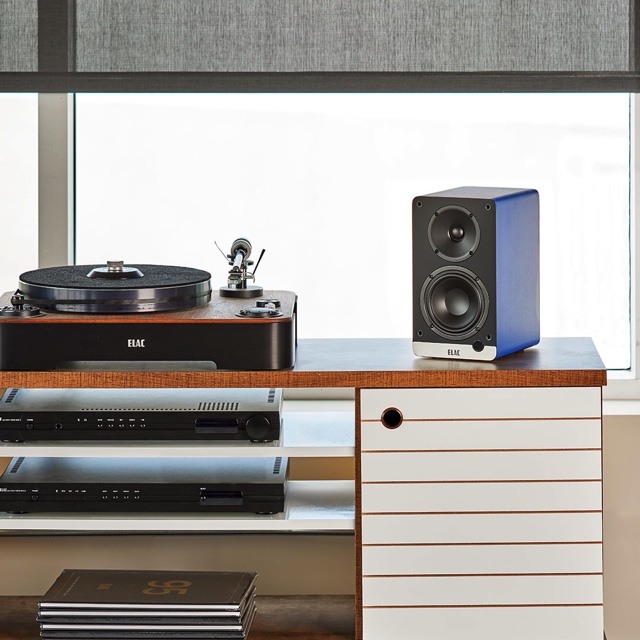Selling your home can be a stressful process, especially if it sells for less than you anticipated. While market conditions play a significant role, there are certain features that can deter buyers and drive down your home’s value. Knowing what these features are can help you take the necessary steps to avoid them. In this article, we’ll explore 10 features that can make your home sell under asking and provide tips on how to address them effectively.
1. Outdated Kitchen
The kitchen is often the heart of the home, and an outdated kitchen can be a major turn-off for potential buyers. Old appliances, worn countertops, and outdated cabinetry can make your home feel less appealing. Buyers may factor in the cost of a kitchen remodel, leading them to offer less than your asking price. To combat this, consider updating key elements of your kitchen, such as replacing old appliances with energy-efficient models, resurfacing or replacing countertops, and refreshing cabinetry with a coat of paint or new hardware.
2. Poor Curb Appeal
First impressions matter, and the exterior of your home is the first thing buyers see. If your home has poor curb appeal, buyers might assume the interior is in a similar state of disrepair. Simple improvements like fresh paint, new landscaping, or a well-maintained lawn can make a huge difference. In contrast, neglected landscaping, peeling paint, or a cluttered front yard can make your home look uninviting, encouraging buyers to negotiate down your asking price.
3. Low-Quality Photos
In today’s digital age, the first “showing” of your home often happens online. Low-quality or poorly lit photos can turn buyers away before they even step foot inside. If your listing photos don’t showcase your home’s best features, potential buyers may skip viewing it altogether, or use the perceived flaws to justify a lower offer. Hiring a professional photographer who specializes in real estate photography can help ensure your home is presented in the best possible light, literally and figuratively.
4. Unfinished or Poorly Executed DIY Projects
Buyers appreciate well-executed renovations, but unfinished or poorly done DIY projects can be a red flag. These projects may suggest that the home has hidden issues or that further repairs will be needed. Buyers may discount their offers to account for the time and money they’ll need to invest in finishing or fixing these projects. If you’ve started a renovation, make sure to finish it before listing your home. If a project was done poorly, it might be worth hiring a professional to correct it.
5. Dated or Overly Personalized Décor
While your home’s décor might suit your personal taste, overly personalized or dated décor can make it difficult for buyers to envision themselves living in the space. Bold paint colors, themed rooms, or too much clutter can be distracting and might make the home feel less valuable. Neutralizing the décor by painting walls in neutral tones, decluttering, and depersonalizing spaces can help buyers focus on the home’s potential rather than its current state.
6. Small or Dark Rooms
Small or dark rooms can make a home feel cramped and uninviting, which can drive down offers. Buyers tend to prefer homes with bright, open spaces that feel airy and spacious. To improve the perception of your home’s size, consider increasing the natural light in each room by adding mirrors, using lighter paint colors, and removing heavy curtains. If possible, knocking down non-load-bearing walls to create an open floor plan can also make your home feel larger and more attractive.
7. Limited Storage Space
Storage is a key consideration for many homebuyers, and a lack of storage space can be a significant drawback. Homes with small closets, limited cabinet space, or no garage can be less appealing, leading buyers to offer less. Consider adding storage solutions like built-in shelves, closet organizers, or even a shed in the backyard. Highlight any unique storage solutions in your listing to show buyers that your home has plenty of room for their belongings.
8. Dated or Worn-Out Flooring
Flooring is one of the first things buyers notice when they enter a home, and worn-out or dated flooring can leave a negative impression. Old carpets, scratched hardwood, or linoleum can make your home feel less valuable. Replacing or refinishing flooring can be a worthwhile investment that pays off in a higher selling price. If replacing flooring isn’t feasible, consider having carpets professionally cleaned or using area rugs to cover up imperfections.
9. Proximity to Unwanted Amenities
Location is a critical factor in real estate, and proximity to certain amenities can affect your home’s value negatively. Homes near noisy highways, airports, or industrial areas might sell for less due to the perceived inconvenience or lower quality of life. While you can’t change your home’s location, you can emphasize its positive aspects in your listing. Highlight the home’s proximity to desirable amenities like parks, schools, or shopping centers to balance out any drawbacks.
10. High Real Estate Commissions
Finally, one of the less obvious features that can lead to a lower selling price is high real estate commissions. Buyers are becoming more savvy and aware of the costs associated with purchasing a home, including the commission fees paid to real estate agents. If these fees are perceived as too high, buyers might factor this into their offers, leading to a lower selling price. To mitigate this, consider negotiating a lower commission rate with your agent or offering incentives that make the higher commission more palatable to buyers.
Conclusion
Selling your home for the price you want involves more than just setting a competitive asking price. By addressing these 10 features that can drive down offers, you can improve your chances of selling your home at or above asking.












